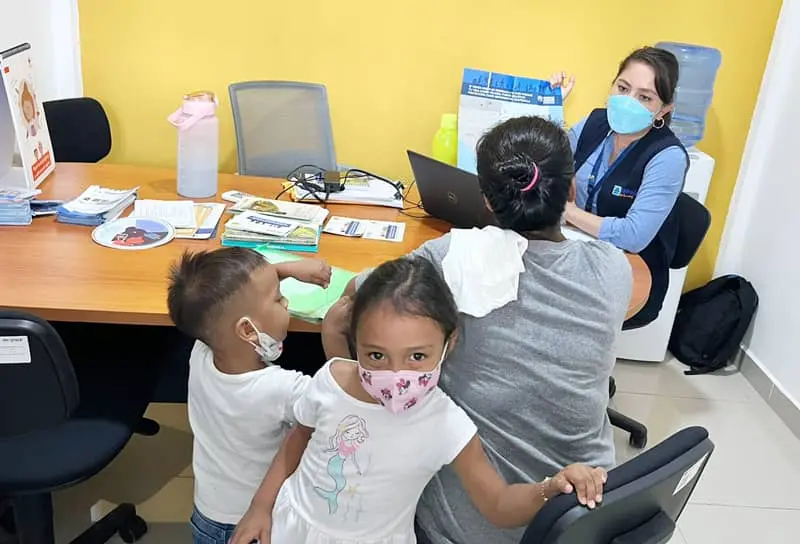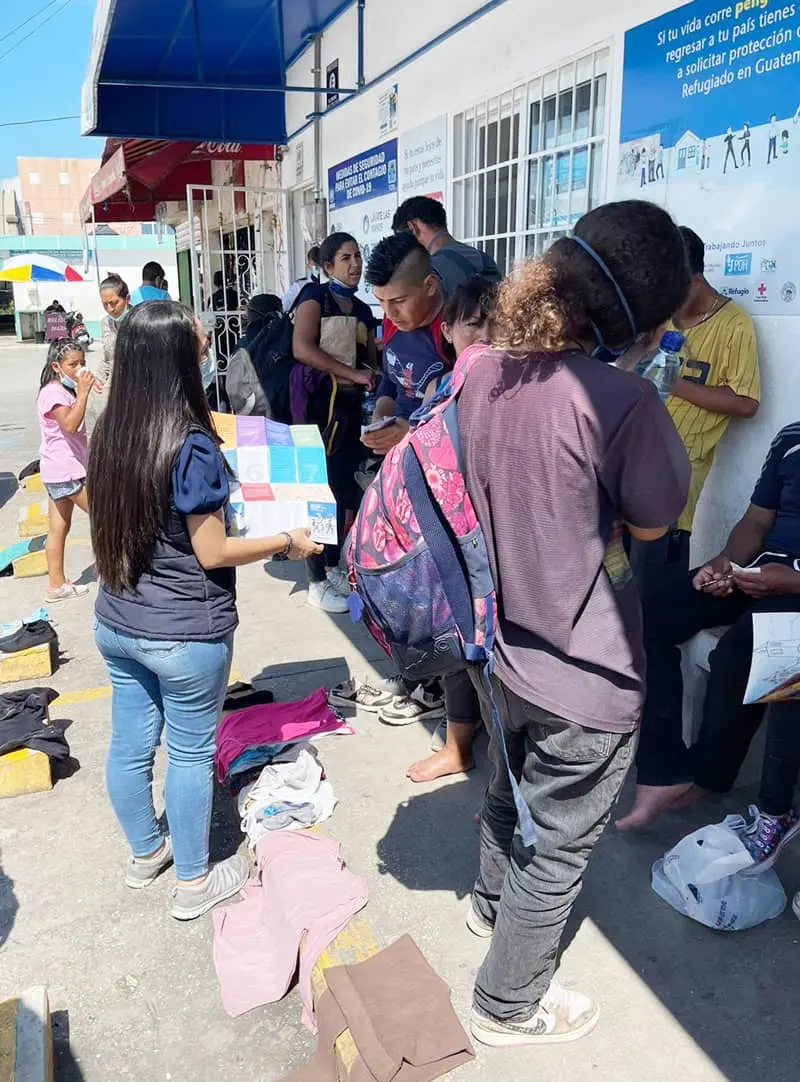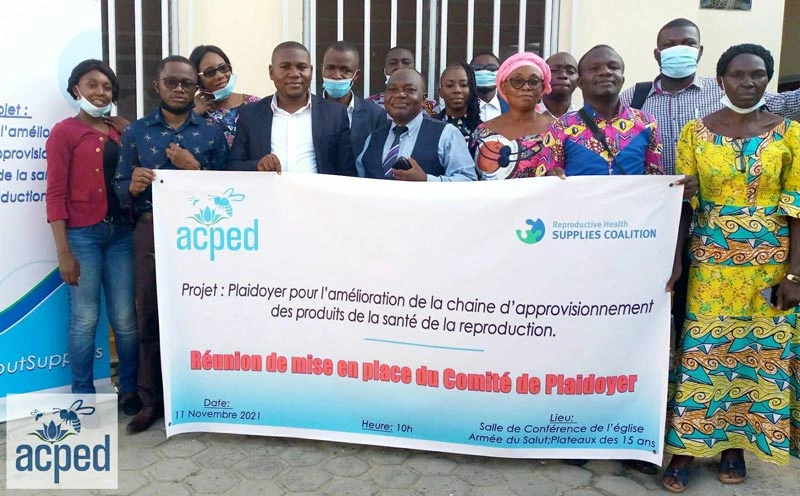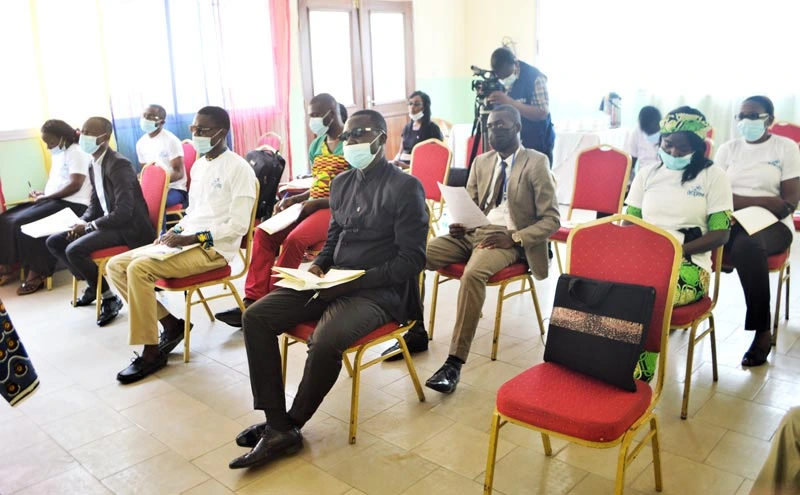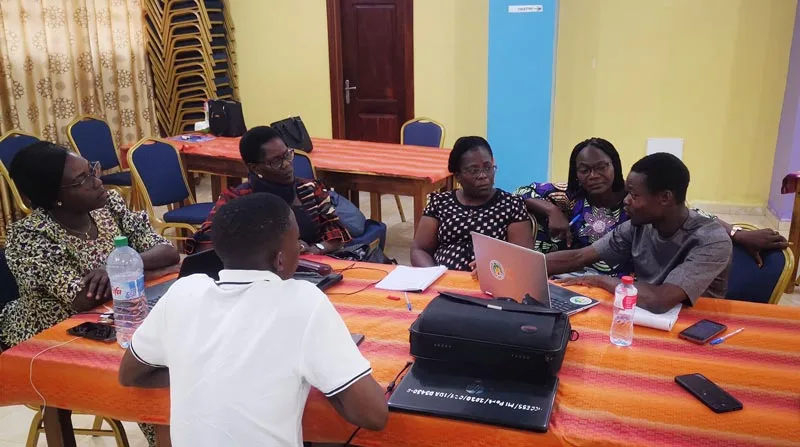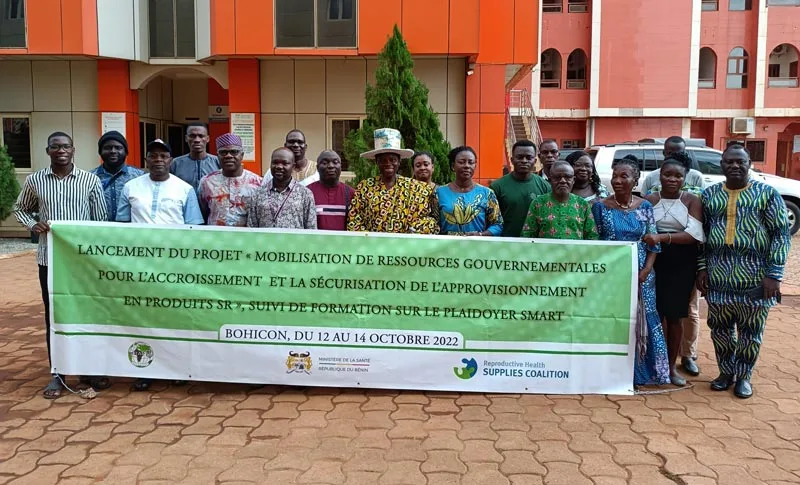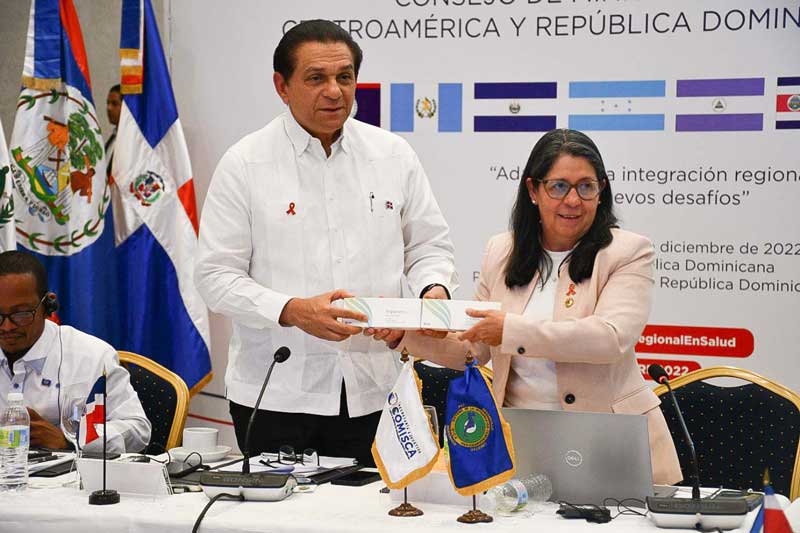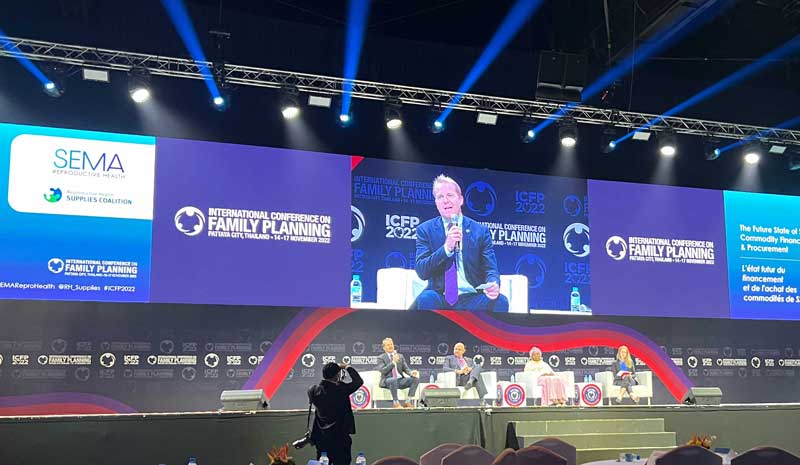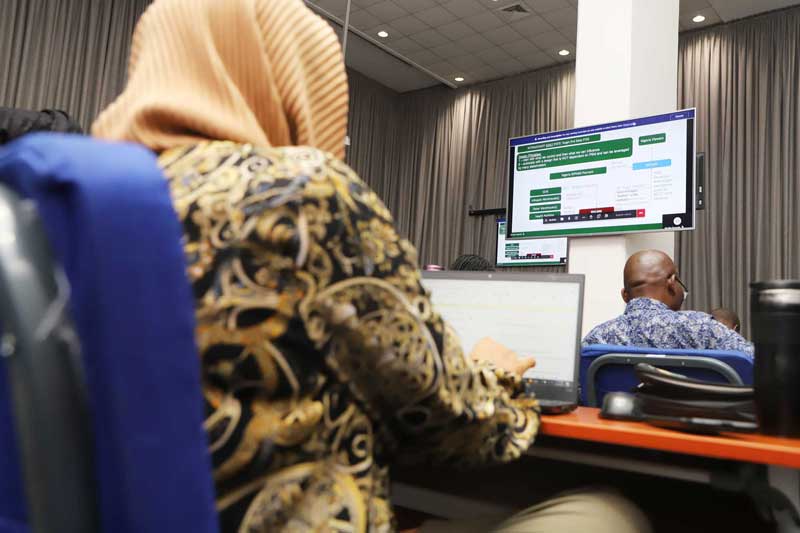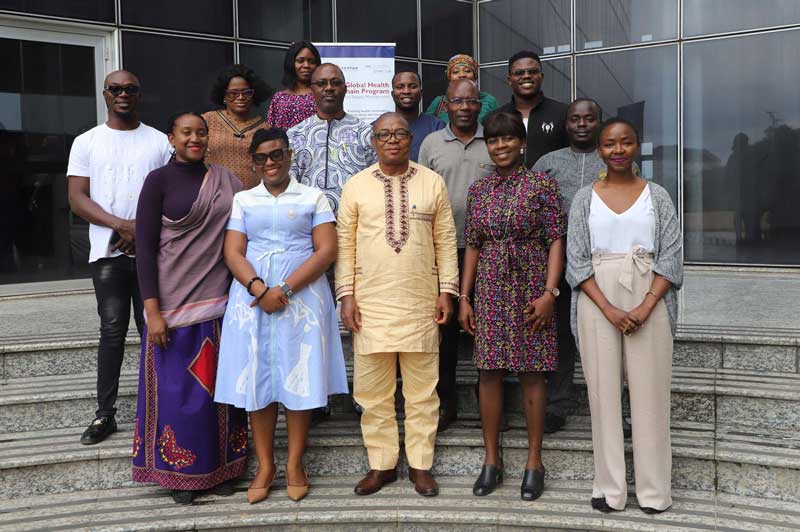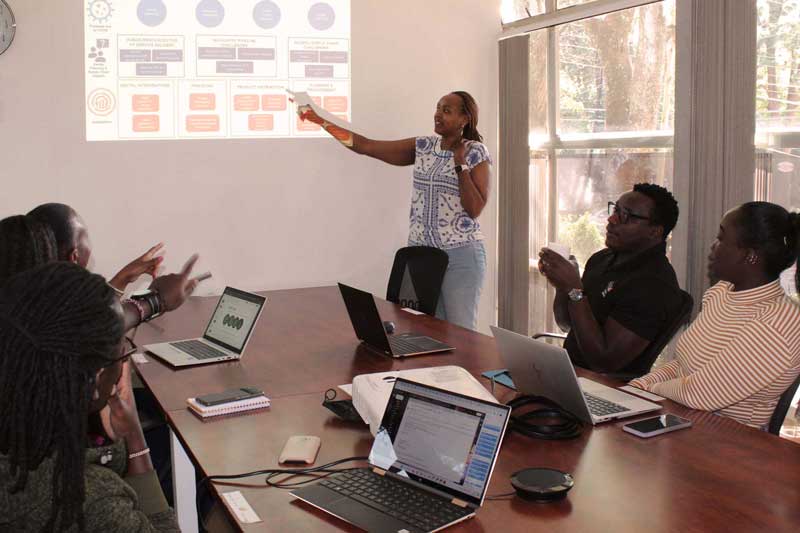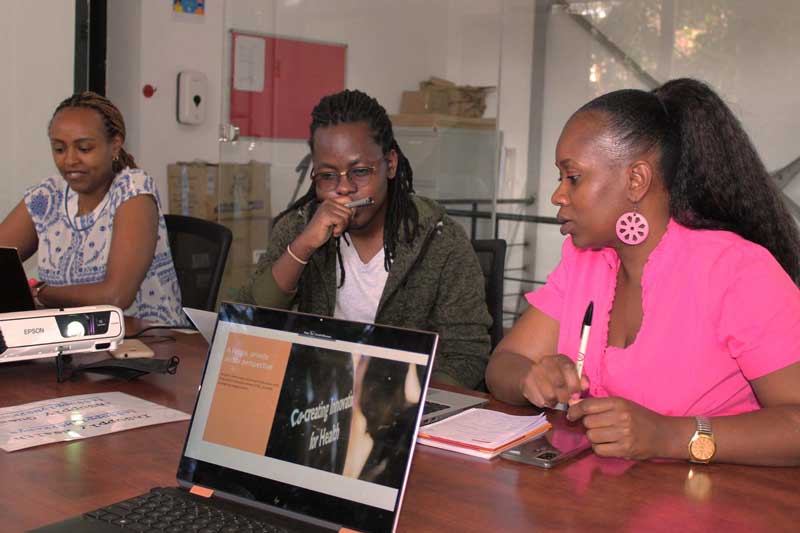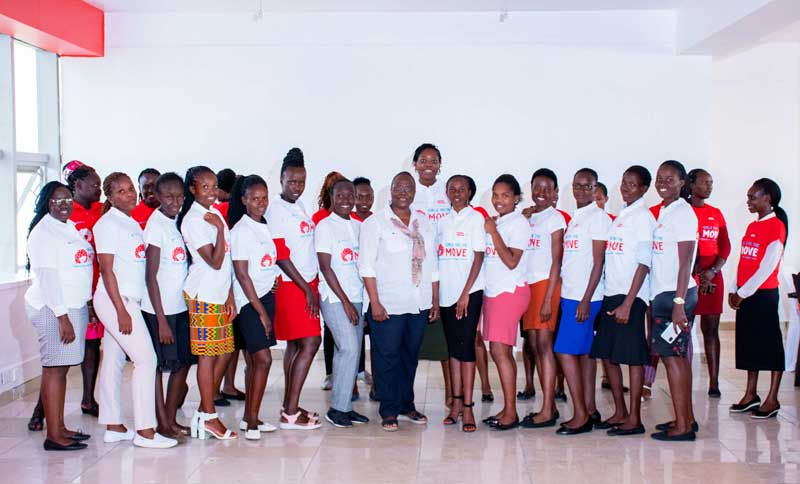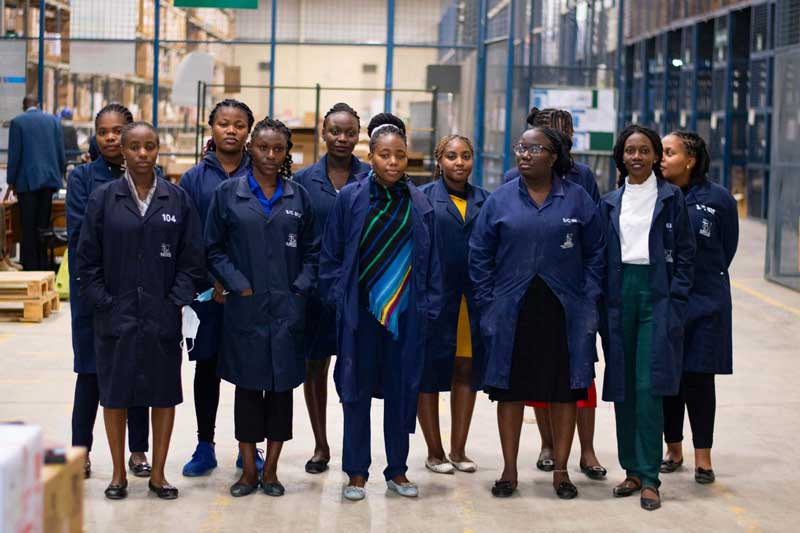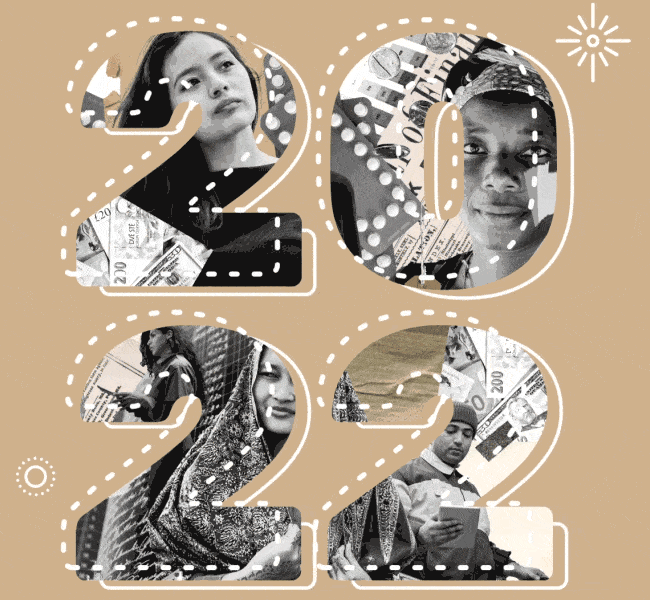This data goes beyond family planning data and includes a wide range of reproductive health products, including maternal and newborn health supply information. A dedicated dashboard was also launched that allows the country's health ministry (MoH) and its partners to analyze national contraceptive inventory stocks from manufacturer down to service delivery points. In 2022, this visibility enabled the MoH to identify an imminent stockout of DMPA-SC and use the VAN to request an emergency shipment of 200,000 units that was airlifted within the month.
Our year in review
The Reproductive Health Supplies Coalition
The Reproductive Health Supplies Coalition's strategic work addresses three key bottlenecks in commodity security: inadequate funding, power imbalances in the supplies market, and weak supply chains.
These 3 M's - money, market, and movement - shape our work in increasing access to a broad choice of high-quality, affordable reproductive health supplies.





Money
The lifeblood of supply security
We shone the spotlight on invisible populations
We probed the dangerous journeys women and girls in Central America's Northern Triangle take to reach the US border and showed how difficult it is for them to get contraceptive supplies and services. Our findings, which landed widespread coverage in online media, encouraged a philanthropic donor to revisit their policy, prioritize the reproductive health of migrants, and fund a model to deliver supplies and services discreetly and resourcefully through a local partner in Guatemala.
Central America
We helped partners design advocacy strategies for domestic resource mobilization
We partnered with civil society organizations in Benin and Uganda to advocate for increased investment of domestic resources in reproductive health commodity security. In Congo-Brazzaville, a national coalition of advocates drew intense attention from national media that convinced the central medical store to apply for government funds for a third warehouse to supply hard-to-reach areas.
Benin, Uganda, Congo
We braved cultural obstacles to support young people
In a historic act in a region plagued by taboo surrounding adolescent sexuality, health ministers from eight countries in Central America and the Dominican Republic signed a commitment to increase access to contraceptives for young people, thereby pledging to help reduce high teen pregnancy rates in the region. This landmark event came as a result of months of strategic RHSC support to SE-COMISCA and the health ministries.
Latin America and the Caribbean
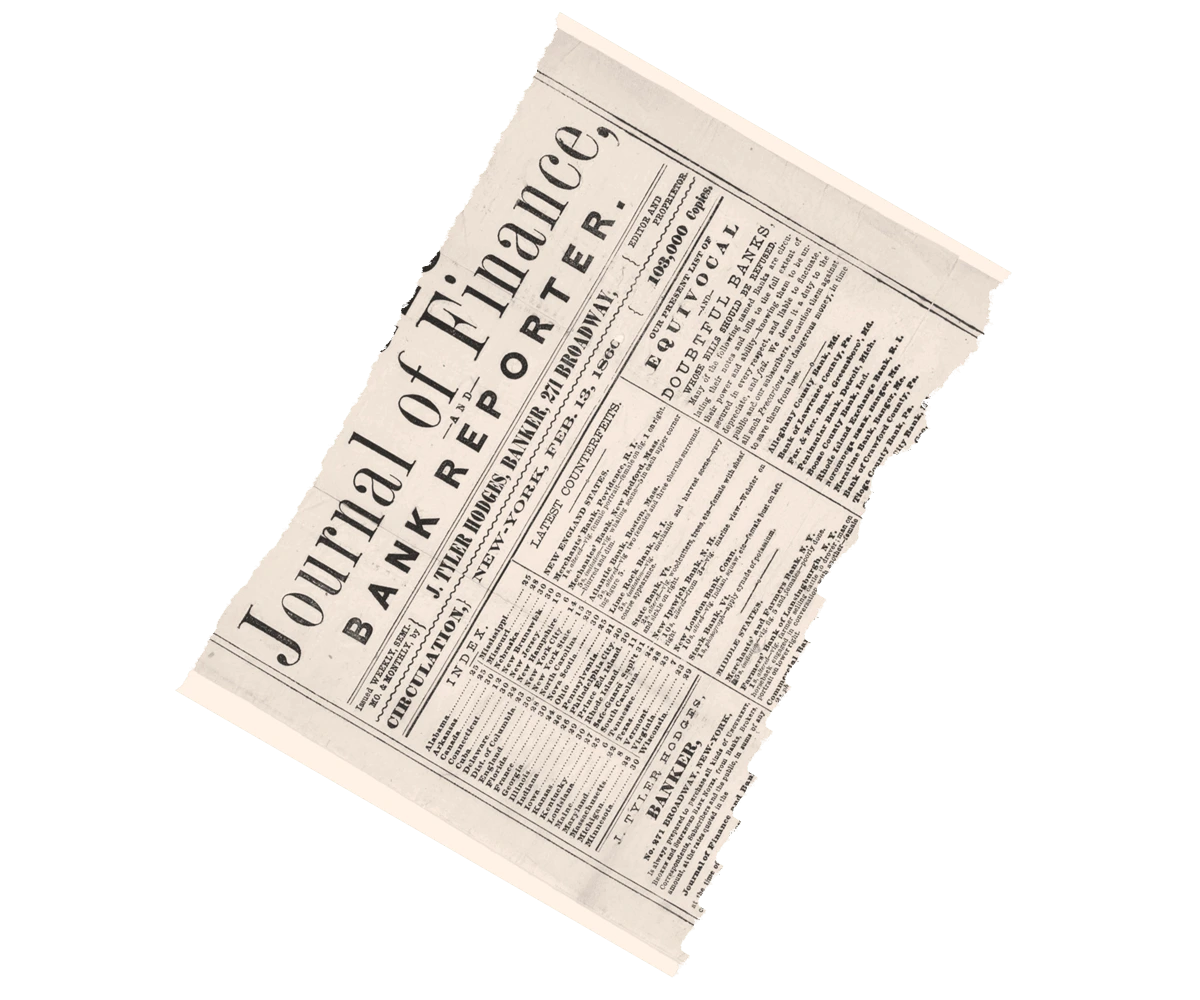

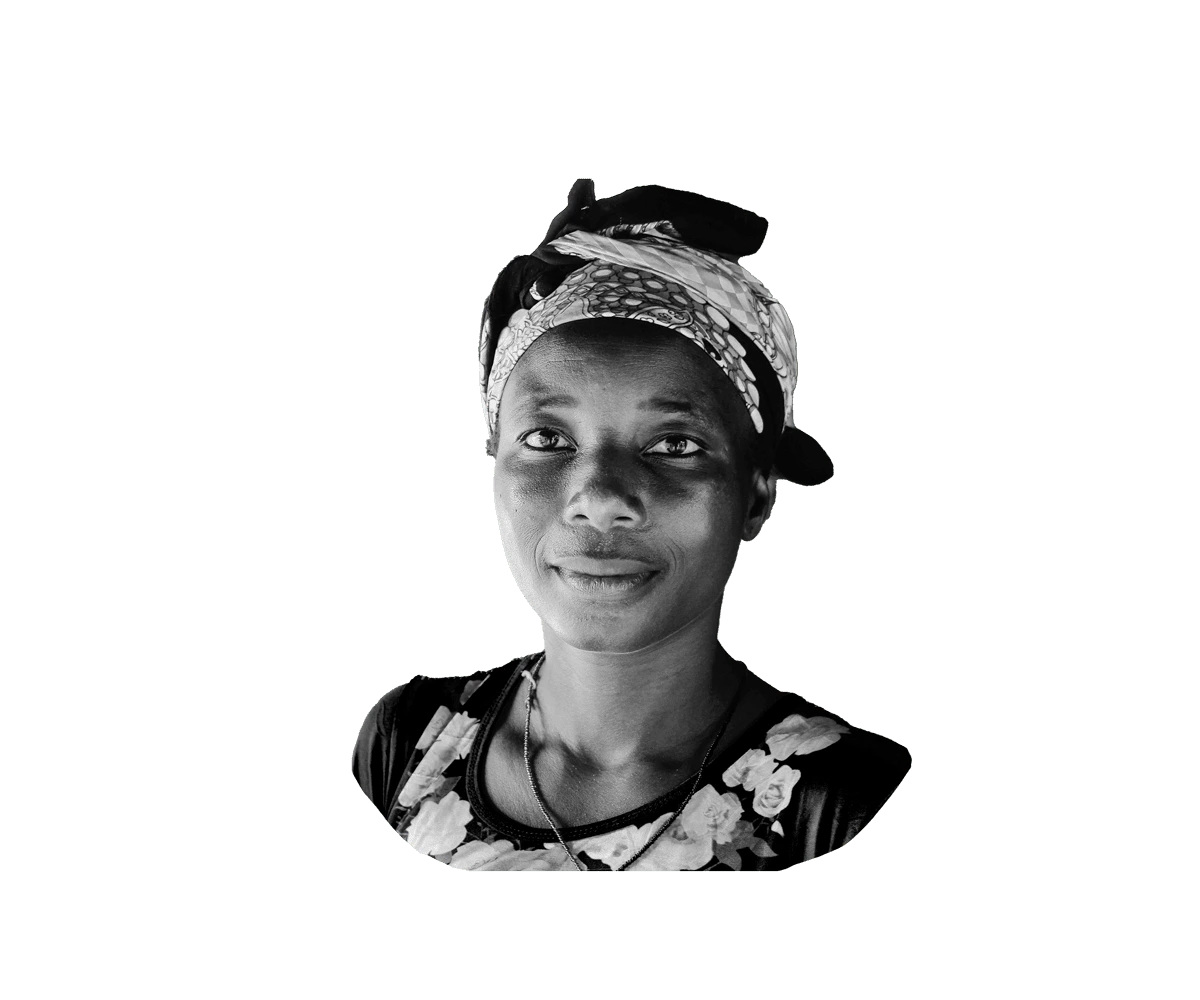

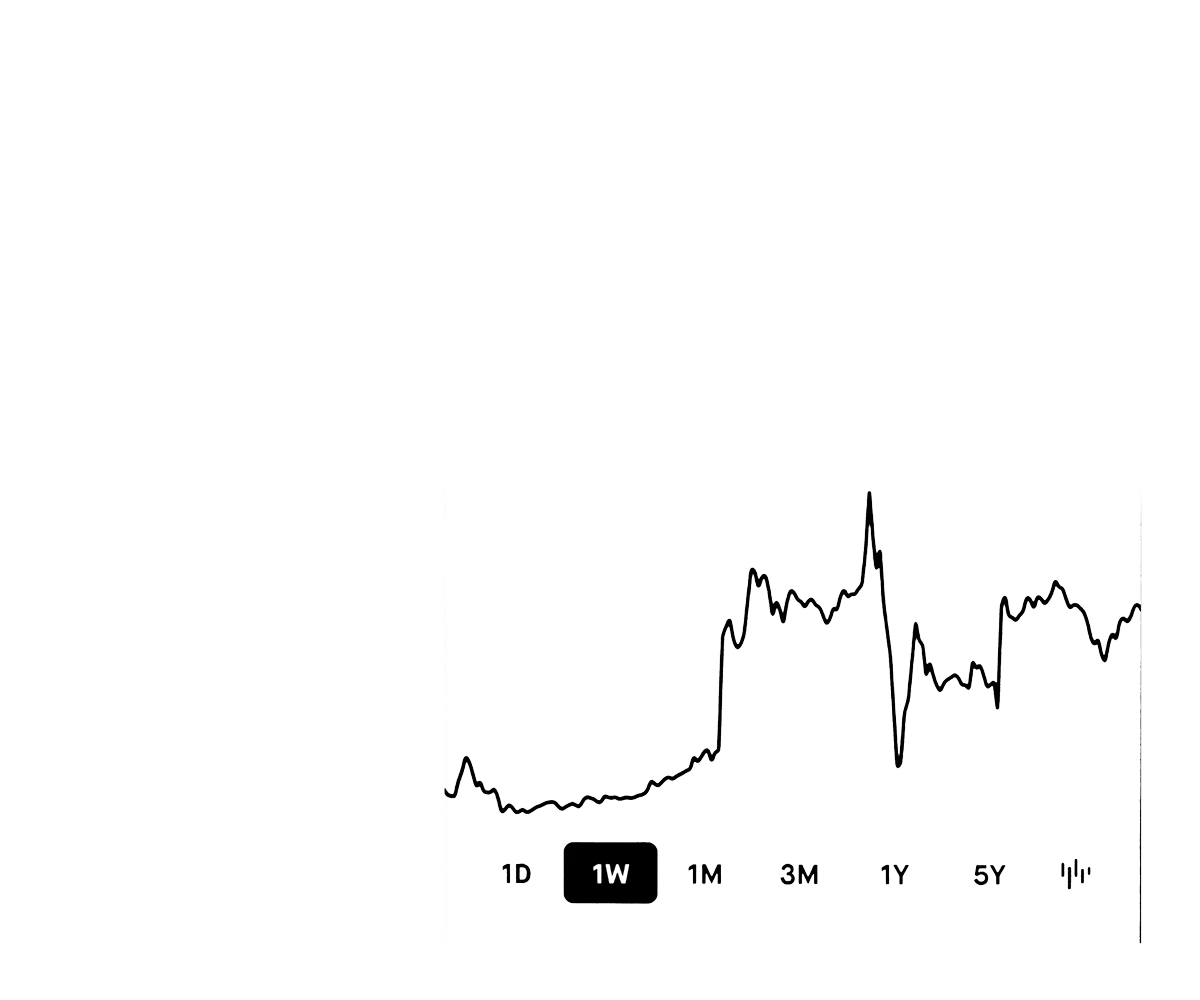


Markets
The glue connecting supply and demand
We are broadening choice of lifesaving medicines
We are increasing the choice of medicines to prevent and treat postpartum hemorrhage — the leading cause of maternal mortality. MSD for Mothers is supporting us to create a small grants fund. The fund will accelerate the introduction and scale-up of new and underutilized medicines to address postpartum hemorrhage and will advance the agenda of our Maternal Health Supplies Caucus.
This program is supported by funding from MSD, through MSD for Mothers, the company's global initiative to help create a world where no woman has to die while giving life. MSD for Mothers is an initiative of Merck & Co., Inc., Rahway, NJ, USA
Our data continued to support partners in building healthy, equitable, and resilient markets
High-quality data from our tools and platforms helped partners further their contraceptive security agendas. Drawing on requisitions and order data from the VAN, we provided manufacturers with the market intelligence needed to encourage them to address looming supply shortfalls of MPA-IM. The VAN and LEAP Analysis helped our partner SEMA forge their global program agenda this year. Fifteen ECOWAS countries in West Africa have used financial gap analyses from the VAN to revisit their financial commitments to commodity security. The business intelligence tool SEPREMI helped the Dominican Republic forge a new national strategy for reducing adolescent pregnancy. And finally, in support of improved market intelligence, we released a collection of LEAP Custom Reports offering country partners greater insight into the growth in demand for specific product categories and estimating the costs associated with meeting that demand for a selected country or region.
We drove an ambitious menstrual health supply agenda
We framed our agenda around improved quality standards, waste management, and product options for menstrual products, and our progress this year was a testament to the strong partnerships within the Menstrual Health Supplies Workstream. The International Standards Organization voted to establish a new technical committee to define standards for menstrual products, which resulted from a global conversation that the RHSC and its Menstrual Health Supplies Workstream fostered through webinars, and groundbreaking reference materials on product standards.







Movement
The driver of product availability from manufacturer to the last mile
We made record impacts on supply access through the VAN
More than 100 VAN members enjoyed ownership of, and access to, real-time reproductive health supply data this year. They tracked more than 8,500 shipments and 6,000 orders across 68 reproductive health products. Countries most at risk of understock and stockouts accessed more than $14 million worth of supplies. Malawi linked its electronic logistics management information system to the VAN, bringing about a swift impact on the ground. In two successful supply chain cycles (2020 and 2021), the VAN mobilized more than $37 million in new orders for member countries, avoided waste, and reallocated $4.4 million worth of product by canceling orders, supporting product transfers between countries and programs, and expediting 62 orders to mitigate supply shortages.
8500
Shipments
6000
Orders
68
Products
$37M
New Orders
$4.4M
in Reallocated orders
62
Expedited orders
Deep dive
Malawi
Malawi linked its e-LMIS to the VAN, allowing district-level inventory data to flow upstream and global data to flow down.
We launched an initiative exploring how to increase resilience of SRH supply chains and markets in light of COVID-19's impact on commodity security
Our Compass initiative initiative has commissioned Avenir Health to assess the impact of the COVID-19 pandemic on donor and domestic public-sector financing of contraceptive supplies and identify trends and concerns for the future financing of commodities. We also contracted InSupply Health to review adaptation strategies used in sub-Saharan Africa over the last few years to protect family planning supply chains and markets in light of the pandemic. And recognizing the imperative to strengthen regional content and ownership of supply chains in sub-Saharan Africa, we convened a new regional manufacturing consultative group to act as a forum and sounding board on the prospects for regional manufacturing in Africa.
Sub-Saharan Africa
We strengthened our commitment to supporting and developing tomorrow's supply chain leaders
Our LAPTOP initiative for young people in supply chain management grew apace this year. We supported the placement of 36 young female supply chain graduates in eight-month supply chain internships with participating employers in Kenya. The initiative pre-empted employers' overwhelming need for young talent and has proven to be a critical bridge between graduation and employment, as several interns have already gained employment with their mentor agencies. We also granted 26 scholarships to young people—with a special focus on young women—in low- and middle-income countries who are aspiring to further their careers in logistics. We produced and shared a series of video guides offering career advice from veteran supply chain management partners.
Meet the interns
Learn more about the Girls on the Move internship program from the interns themselves.

Interviews with LAPTOP Scholars
Meet some of our LAPTOP scholars and their experience with the program.

